ABOUT THE AUTHOR
The Authors
Brianne Bellwood, MSc, RVT, VTS (Clinical Pathology), CCRVN, has been a full-time instructor for the Animal Health Technology program at Lakeland College in Vermilion, Alberta, Canada, since 2008.
Melissa Andrasik-Catton, RVT, BS, was a full-time instructor at Maple Woods Community College Veterinary Technology Program in Kansas City, Missouri, USA for 10 years and 8 additional years as an adjunct.

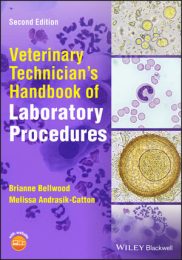
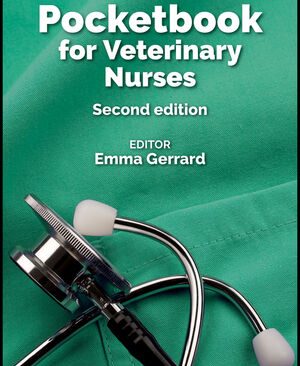
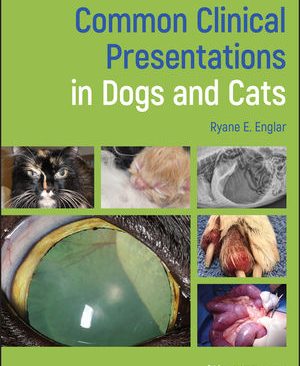
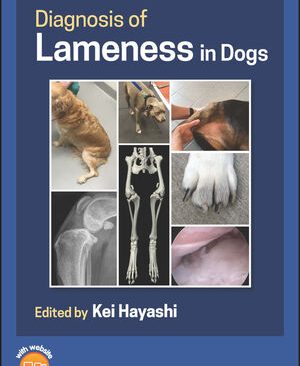

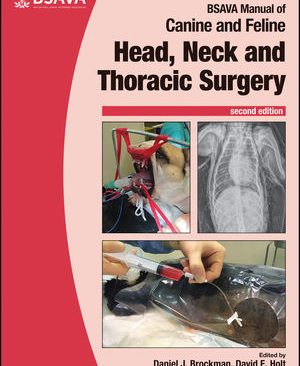
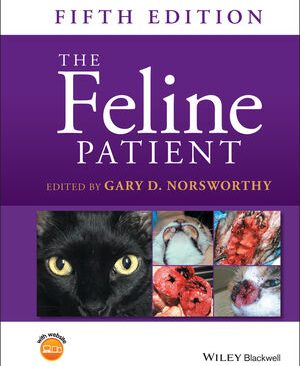
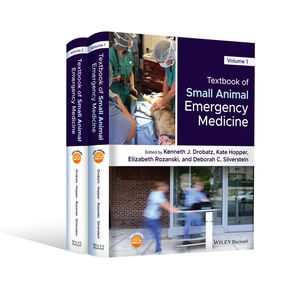
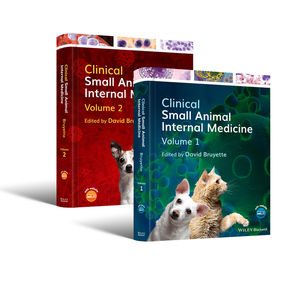
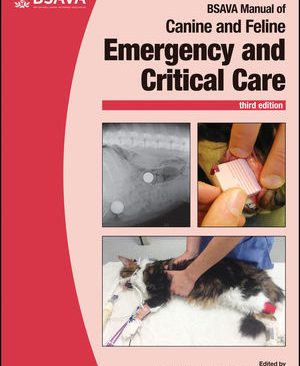
Avaliações
Não existem opiniões ainda.